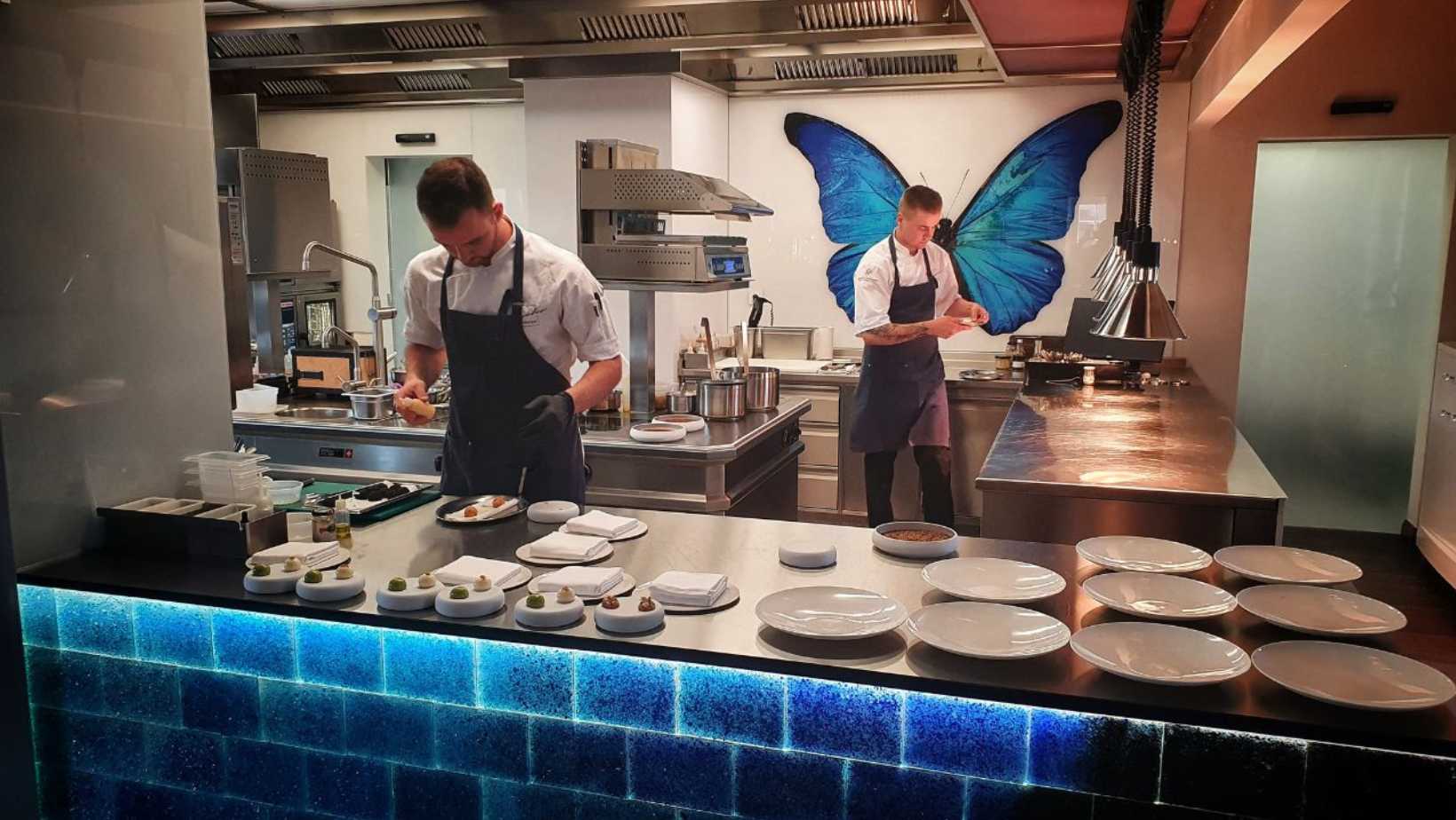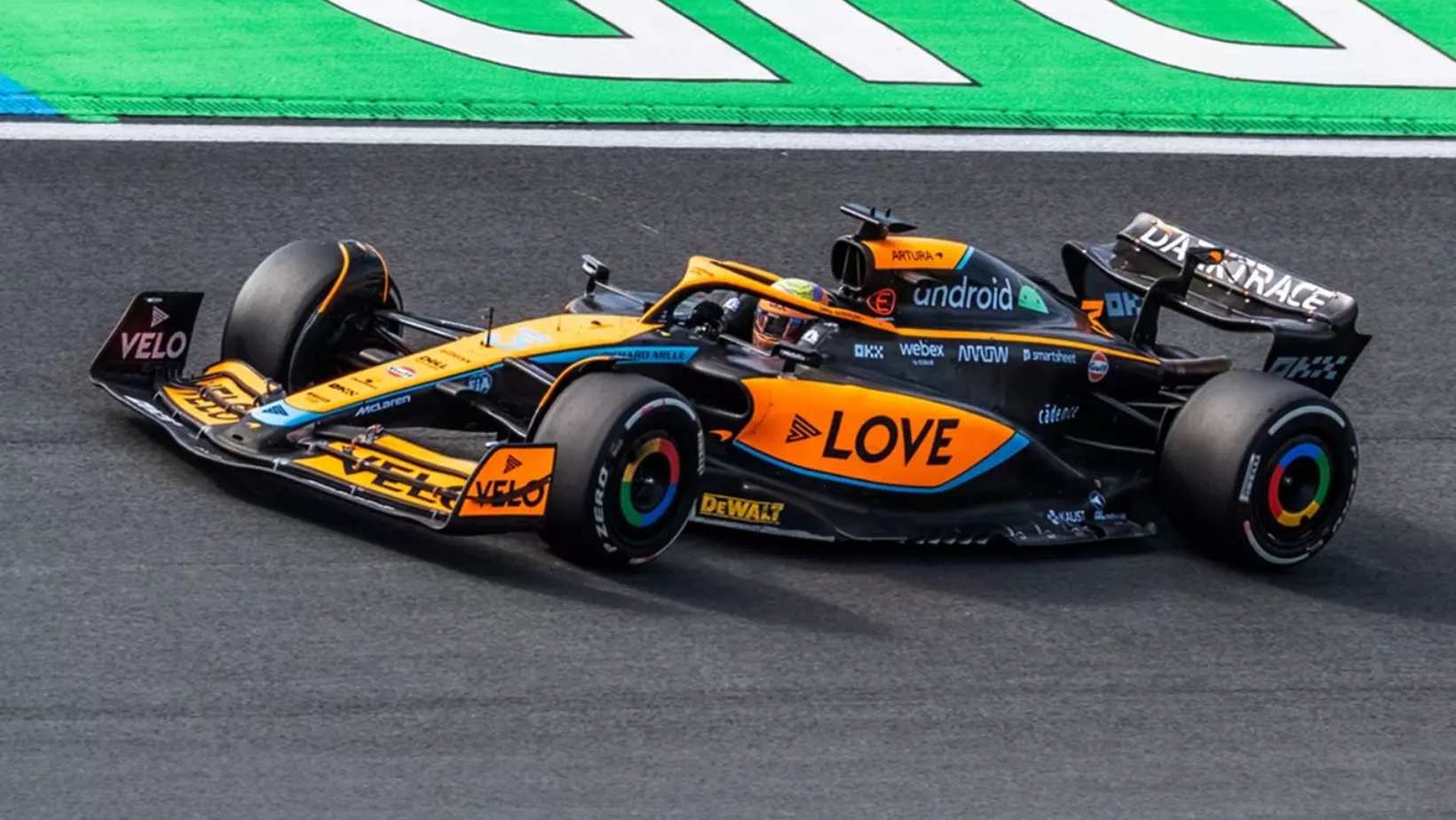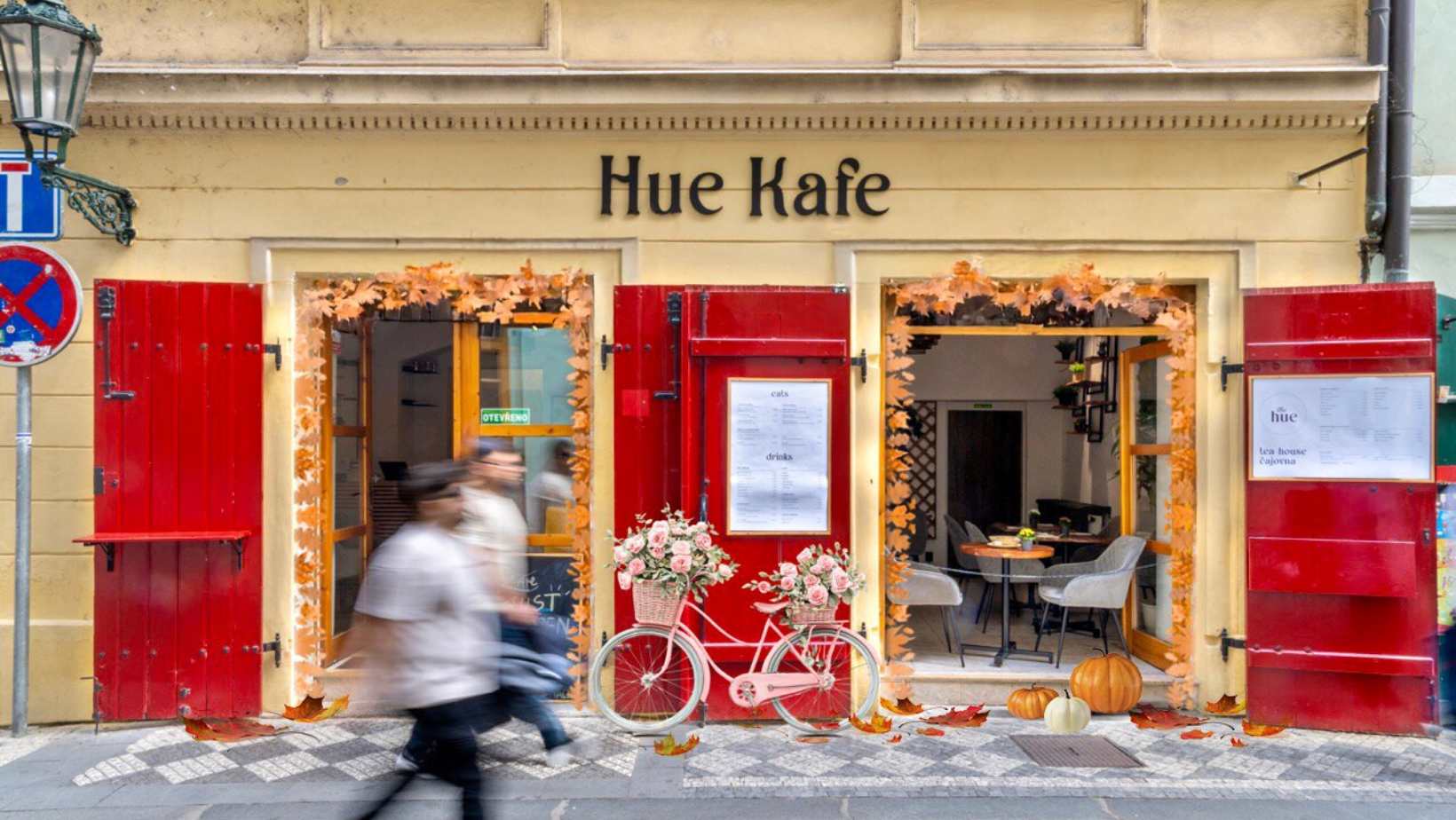From investment opportunities for crypto-owners to actual art galleries, non-fungible tokens (NFTs) have taken the world by storm in the past two years – by Suzanne Bessisso.
Think of NFTs as a digital one-of-a-kind trading card, it can be a painting, a picture, or even music, that is part of the Ethereum blockchain, or cryptocurrency server. It also serves as a digital certification of ownership that can be tracked and its sales are fully transparent.
What started on the principles of decentralisation and spatial autonomy could be the next generation of art. The opening of the Czech Republic’s first Crypto Portal: Prague’s NFT Gallery proves that NFTs are taking their rightful place within the art world by blending the boundary between digital and physical art.
Dominik Vacikar, co-founder of Byte Trading and Specter, whose companies actively trade in cryptocurrencies shared his views on NFT galleries. “The way to get people interested in going to these galleries is if there’s an interesting element to it, like a physical experience that accompanies the digital NFT,” he said, “for example, Daniel Arsham created a dynamic NFT that changes its appearance based on the season.”
According to Vacikar NFTs are a changing and evolving field so there is always something new and interesting coming out, but in order for it to maintain its momentum, the excitement around the crypto world and how much money people are spending on NFTs needs to be cultivated.
Sam Gittis, the curator of Crypto Portal, spoke about how online NFT galleries help build a community and attract new art enthusiasts. “I think NFT galleries in real life can foster a similar connection,” said Gittis, “they can be a friendly and interactive way to get a peek into the benefits of cryptocurrencies without much prior knowledge … and the space is a meeting point for a like-minded future-focused community to grow together.”
According to an article by Mieke Marple for Artsy, NFTs have a much larger impact on the art world than just appearing in galleries. The Art Market is still largely unregulated and with that comes a lack of transparency that often benefits the rich art collectors and harms the, often poor, artists.
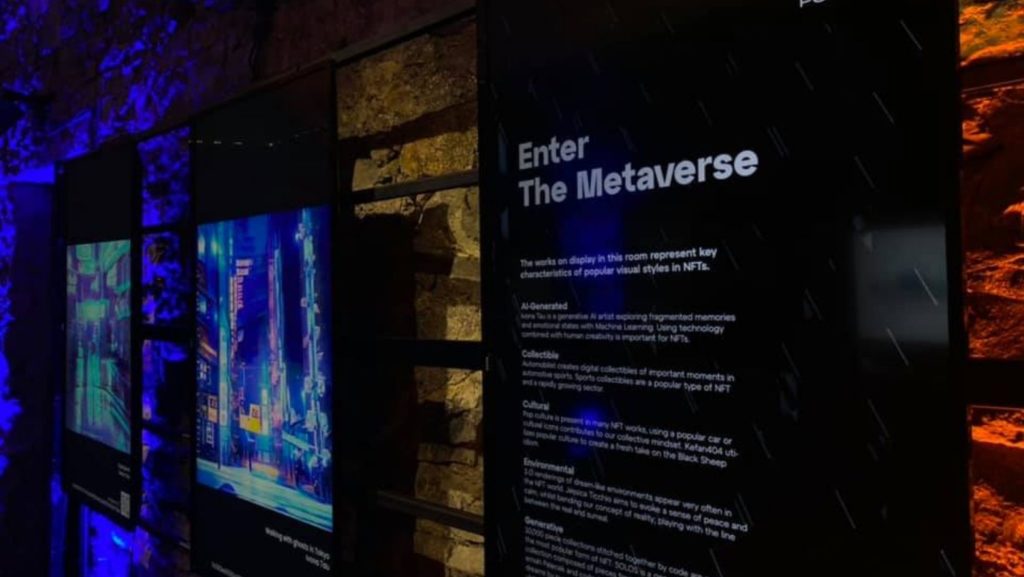
Photo: Derek Halsey
With the NFTs, there is total transparency in terms of bidding and how much the actual piece is sold for which guarantees the artists get their rightful percentage of the sale and any future resales. The latter is especially interesting since, with traditional art, the artist doesn’t get anything from the resales of their art.
Marple also mentions what she thinks the future of NFT looks like within the art world. “Every artwork would have a corresponding contract NFT, which would function as both its certificate of authenticity and certificate of ownership,” she wrote, “the implementation of this contract NFT future would prevent—or at least greatly reduce—the art world’s more common fraudulent behaviours (money laundering, forgeries, etc.) and it would ensure that all artists got resale royalties, not only NFT artists.”
With major fine-art auction houses, like Christie’s and Sotheby’s, already selling NFT pieces, it’s only a matter of time until NFTs are fully integrated into traditional art forever.
Leading artists like Daniel Arsham, Damien Hirst and Beeple have already adopted NFTs into their portfolio, selling their piece for up to $69,3 million according to an article in GQ Magazine.
Gittis believes NFT galleries will also motivate more people to invest into NFTs. By being featured in a gallery the value of the NFT’s increases and already 5 of the artworks on display at Crypto Portal have been sold.
Even though the NFT market is growing and becoming more recognised, the major flaw still is that it’s only liquid for bluechip NFTs, this includes Cryptopunks, Bored Ape Yacht Club, Doodles, Cool Cats NFT and a few other projects.
For non-bluechip NFTs it’s extremely hard to find a secondary market once an NFT is purchased. With so many projects already in existence, and at least 5 new ones coming up every day, it’s nearly impossible for the average person to understand which NFT to invest in.
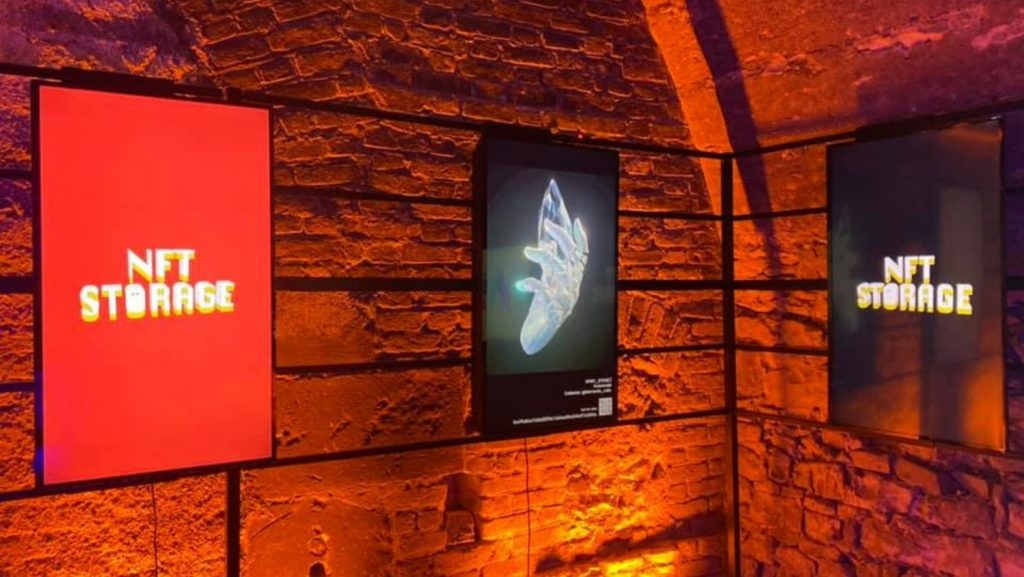
Photo: Derek Halsey
According to Vacikar, there are several different factors that can help distinguish a worthwhile NFT from any other. One way is to buy the blue-chip NFTs that will always be considered valuable because it’s the original collection of NFTs that came out and is considered the most stable,
The other is to look at the Rarity Score of the NFT which is determined by the NFT’s trait values that are considered rare because they only appear in a limited number of NFTs.
NFTs have a huge potential to push the limits of the art world and to provide more value for artists, investors, and collectors. However, it’s still a volatile market that is easily affected by social media promotion and the excitement of it being new which makes it hard to predict what the future of NFTs will be.
“Essentially, the role of the NFT gallery should be the same as of any other art gallery, to be an objective curator of art and act as a gatekeeper,” said Vacikar, “with NFTs this curation is performed by algorithms, not by white dudes sipping on wine, so it will be interesting to watch the role of the galleries in this new digital art revolution.”
-
NEWSLETTER
Subscribe for our daily news







